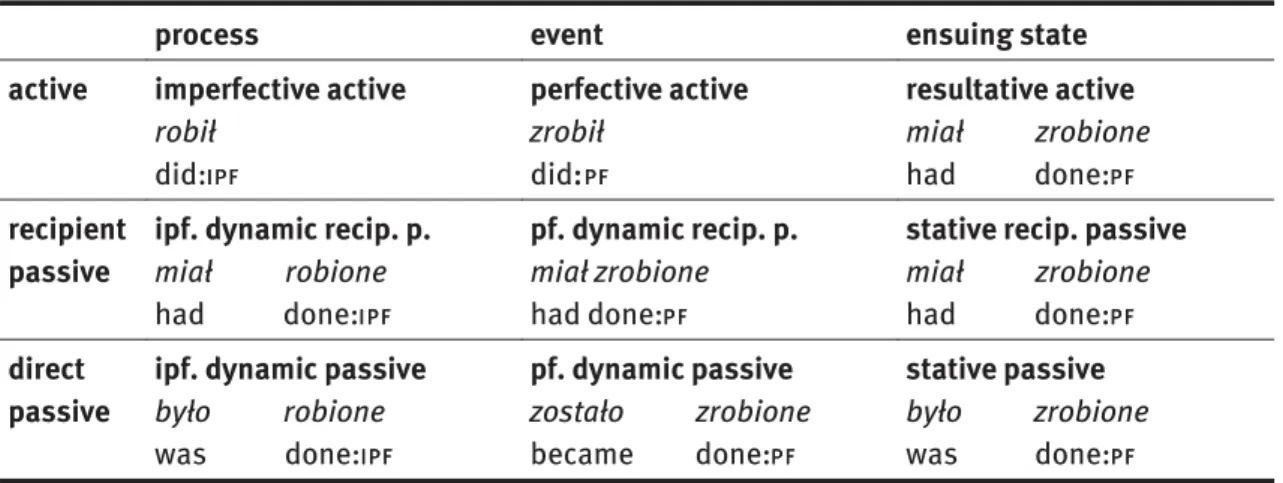“To mamy wpajane od dziecka” – a recipient passive in Polish?
Volltext
Abbildung


ÄHNLICHE DOKUMENTE
The following examines how a specific space in California is recre- ated in acoustic form in an audioplay as well as how the forms of generalization found, and categories
Given the sudden shutdown of eight nuclear power plants and the rapid expansion of intermittent renewable energy sources to up to 25 percent of the electricity
In line with previous research, potentially BEM-eligible employees who reported that health promotion measures were implemented in their company in the last two years more
10 State law stipulates that it can be chosen instead of another foreign language by immigrant children who started attending a German school at grades 8
Concepts like infinity aod eternity seem to be unfathomable for us, even if the best people try to deal with them. Obviously, the whole truth is uoattainable for uso And even
Das Gemisch enthält keine Stoffe, die aufgrund endokrin wirkender Eigenschaften gemäß REACH Artikel 59 Absatz 1 in der Liste enthalten sind, oder es wurde gemäß den Kriterien
Q15.7 How likely that the major cause for the observed problem is accidental technical failure given that the sensor/sensor communication cable is not easily physically
The second is that of the national democratic movement in which Sison has played and continues to play a crucial role, reaching from the early revolt of Andrés Bonifacio against the